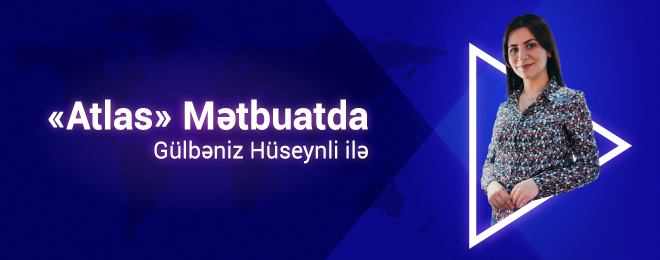In ancient Egyptian mythology, the god Horus was said to have lost his eye in a fight, before having it restored by another god. The Eye of Horus became a symbol of healing and restoration, making it the perfect name for a new wearable device for blind and visually impaired peoplw. Horus describes a user's surroundings to help them avoid obstacles, recognize faces and objects, and read signs and books.
The Horus device, from Swiss startup Eyra, is made up of a band that wraps around the back of the head, with earpieces and two side-by-side cameras on one end. The cameras keep a close eye on what's in front of the wearer, and will dictate what it sees through the earpiece, which uses bone conduction to bypass the ear canal and stimulate the tiny ear bones directly. That way, the user can still hear what's happening around them, and the device's narration won't disturb anyone else.
The headband is connected to a separate smartphone-sized unit housing the processor and battery via a 1-meter (3.3 ft) cable. Users can adjust the volume and change settings with a matching set of buttons on both the processor unit and the headband. Inside, a Nvidia Tegra GPU powers the deep learning algorithms that allow the device to recognize who and what it's looking at, and at the press of a button the device can describe the scene before it in detail, down to the furniture and people present.
Horus can also build a kind of face-based contacts list by scanning a new face and prompting the user to assign a name. It will then alert the wearer whenever it spots that person again. The same can be done with inanimate objects to help a blind person distinguish between a bottle of juice and a bottle of milk. The device's object recognition apparently even works in two dimensions, allowing it to describe photographs, read text on signs or even turn any book into an audio book.
In a navigation mode, Horus uses its stereo-camera setup to perceive the distance to objects in front of the user, and will respond with a system of audio cues like parking sensors in a car: the closer something is the faster the device will beep, communicating direction by focusing the sound more in either the left or right ear.
Similar technology has shown up in other devices designed to improve the quality of life of visually impaired people, but Horus seems to be a more advanced – and more elegant –solution than others we've seen. The SightCompass and a prototype Microsoft system both required public locations to be fitted with beacons, and the XploR cane could only recognize faces. Toyota's Project Blaid is the closest function-wise, but Horus is far more fashion-friendly than the toilet-seat-scarf design of the Blaid.
Eyra has been testing Horus in an Italian community, and a wider beta program is expected to launch in January 2017 before a full launch later that year. The device will reportedly cost around US$2,000.



































